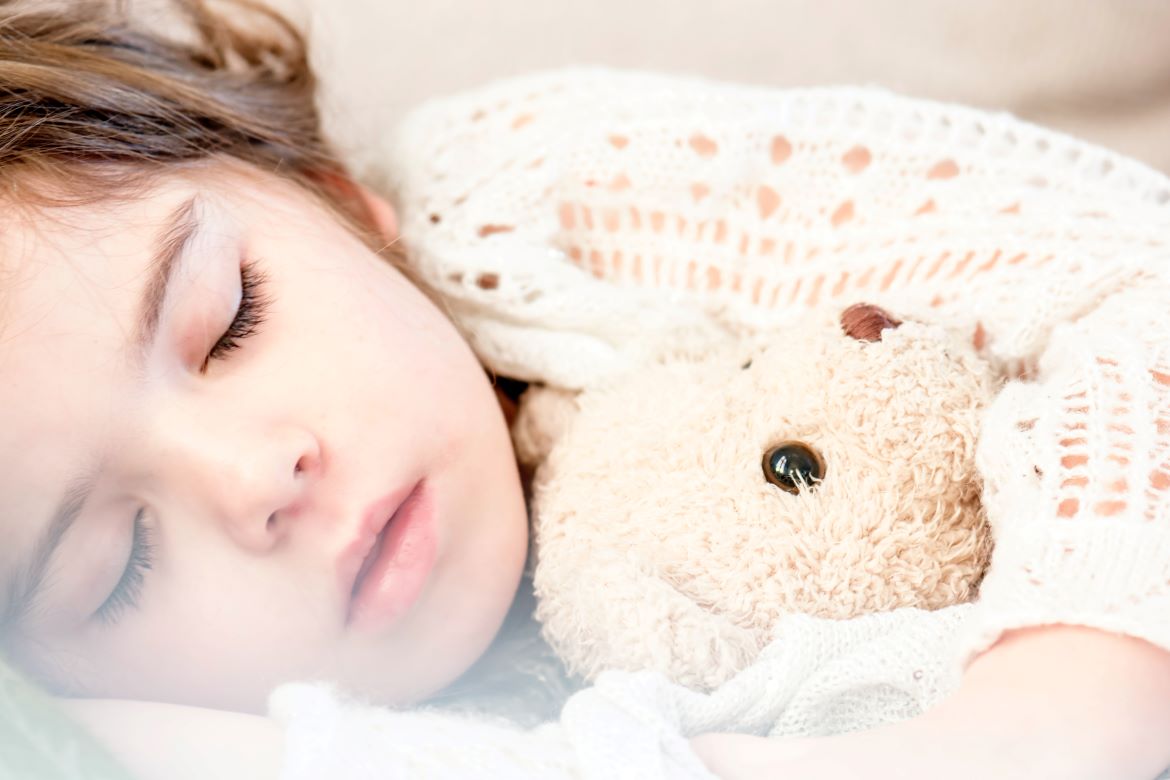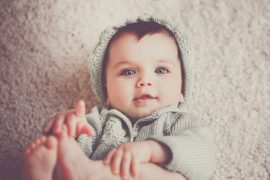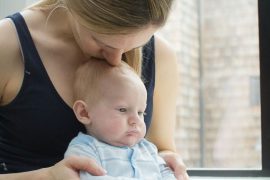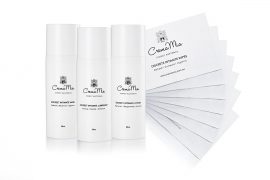By Kate Barnes
Our son had a cold coming on recently and was wondering why…
After some thought, he found solace in his answer and named a couple of buddies at school with colds. He must have ‘caught’ it from them… Mystery solved.
It’s instant for us to look outward for a solution.
In our son’s mind, it was nothing to do with him. Fair enough. Because without thinking twice, it’s how we’ve been conditioned or taught, i.e. to look to others to help us recover, to give them the responsibility.
In this instance:
- He blamed his class mates for his cold. Was it really their fault?
- He ‘caught’ the cold. As though it was inevitable. Or was it?
Both thoughts cast blame externally and weren’t to do with him. Rather he was a victim of an external force outside his control. A sickness, definitely unrelated to the lollies he’d got into the previous weekend with his buddies, or his preference for sweeter foods over savoury!
As a generalisation, this ‘external’ way of viewing illness is what we’ve been taught to believe over many, many years. Yet is it valid?
It’s a view that’s come about with our acceptance of ‘germ theory,’ i.e. the germ is to blame for making us sick. The germ must be eradicated or targeted for us to be well.
But do germs make us sick? Or do we ‘catch colds’? Maybe not. It’s worth questioning.
A quick visit back in time
Specifically, 1822 – 1895 when Louis Pasteur discovered ‘germ theory’. Prior to this, the theory of disease was known as miasma theory, caused by ‘a noxious form of “bad air”‘.
Miasma theory had been around for hundreds of years and needless to say, germ theory was dismissed by the establishment when it was discovered and took many years to be accepted.
A transitional period began in the late 1850s. By the end of that decade, the miasma theory was struggling to compete with the newly accepted germ theory of disease.
Germ theory explains our current way of thinking about illness, i.e. certain diseases are caused by the invasion of the body by germs / microorganisms.
French chemist and microbiologist Louis Pasteur, English surgeon Joseph Lister, and German physician Robert Koch are all given the credit for popularising the theory and our common acceptance of it.
Germ theory says to treat the cause / the invasion, the germ must be targeted and eradicated, commonly with medication. To be well, an external solution is required, with barely if any, responsibility necessary by the individual. Makes sense.
However, this theory raises some questions, e.g.:
- Why do some people get sick and others don’t, when they’ve been exposed to the same germs?
- Or why are some people more sick or sick for a longer period of time?
- Or others barely miss a day of work or school even though they’re exposed to the same germs?
You will have noticed this difference in susceptibility or immunity in your own family. Some get sick and others don’t. Like my son last week. He was the only one of us who ‘caught’ his cold.
We’ve seen it with Covid-19 too. While people have died and any loss of life is devastating, approximately 96% of the population to date, conservatively, who contract the illness will recover, with many people showing no symptoms.
How does germ theory explain these questions?
Another theory, ‘terrain theory’, can help explain them better.
‘Terrain theory’
If you haven’t come across it – terrain theory arose around a similar time to germ theory but at the time, was discarded to the rubbish bin!
Antoine Béchamp (1816-1908) was a contemporary of Louis Pasteur. While they were contemporaries, history also shows they had major differences in their views on biology and disease, which led to a long rivalry!
Béchamp’s discoveries led him to conclude that our bodies are, in effect, “miniecosystems.” And when our internal ecosystem becomes weakened-whether due to poor nutrition, toxicity or other factors-it changes the function of the microbes that are naturally present in the body, and as a consequence, produce disease, (and linking in with all the current research on the microbiome).
In other words, Béchamp’s research showed that microorganisms only become pathogenic AFTER environmental factors cause the individual’s cellular “terrain” to deteriorate or weaken.











